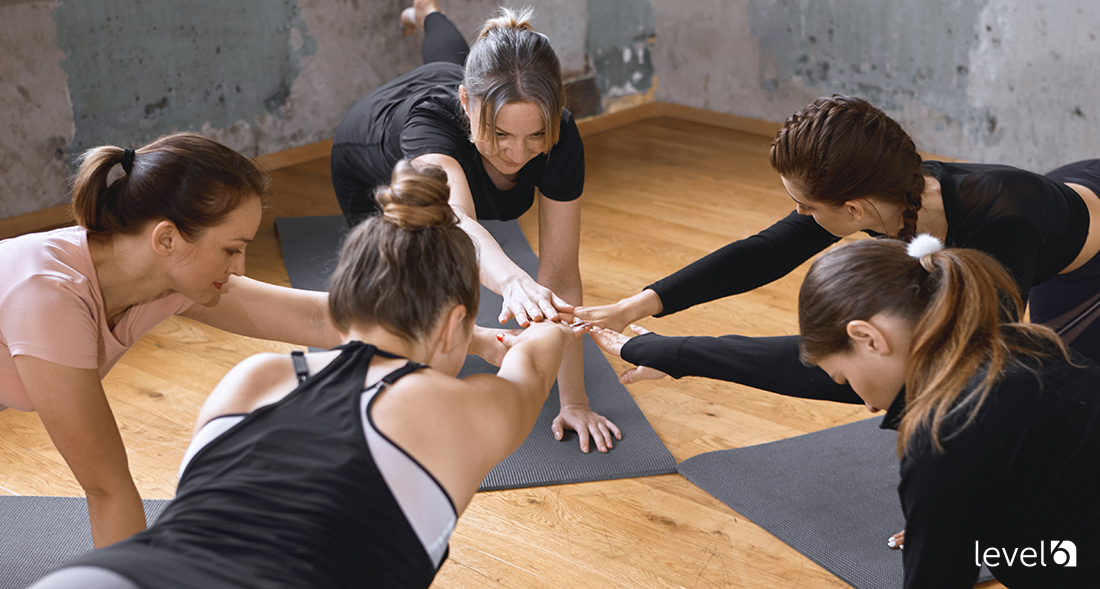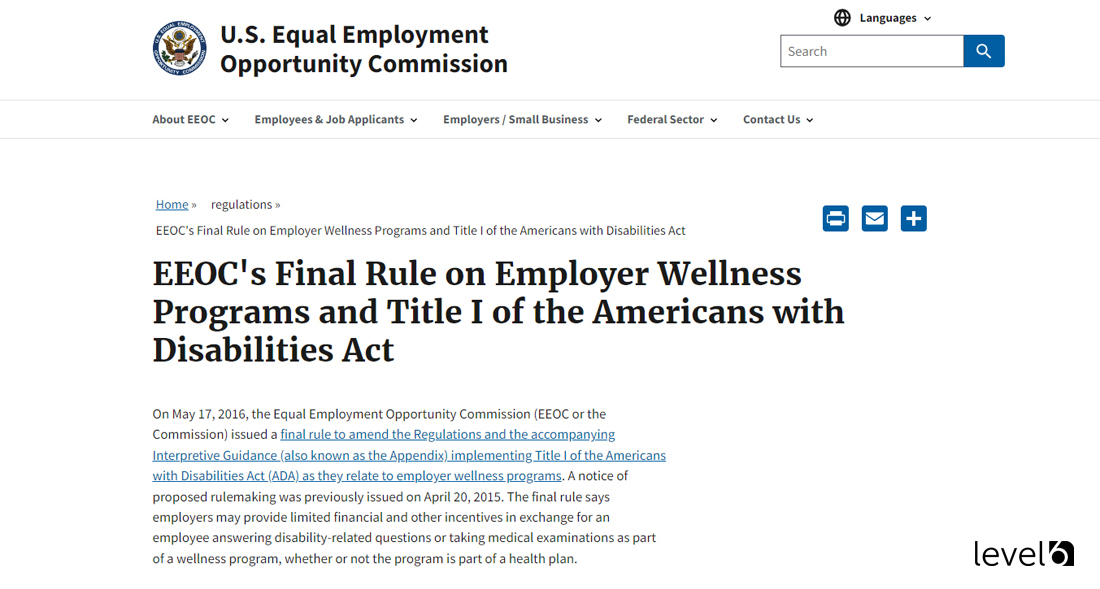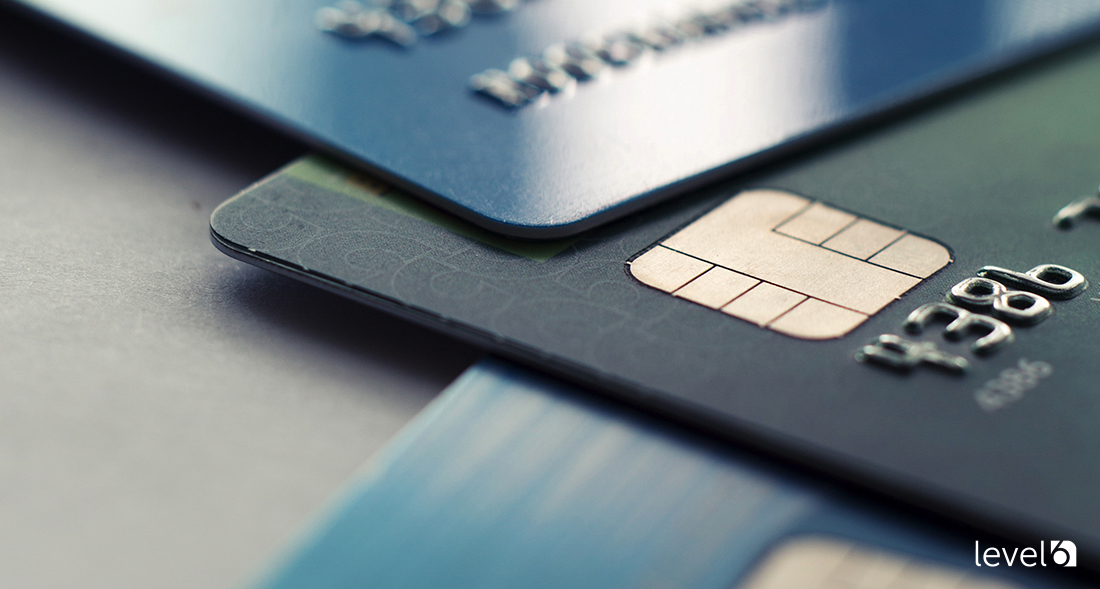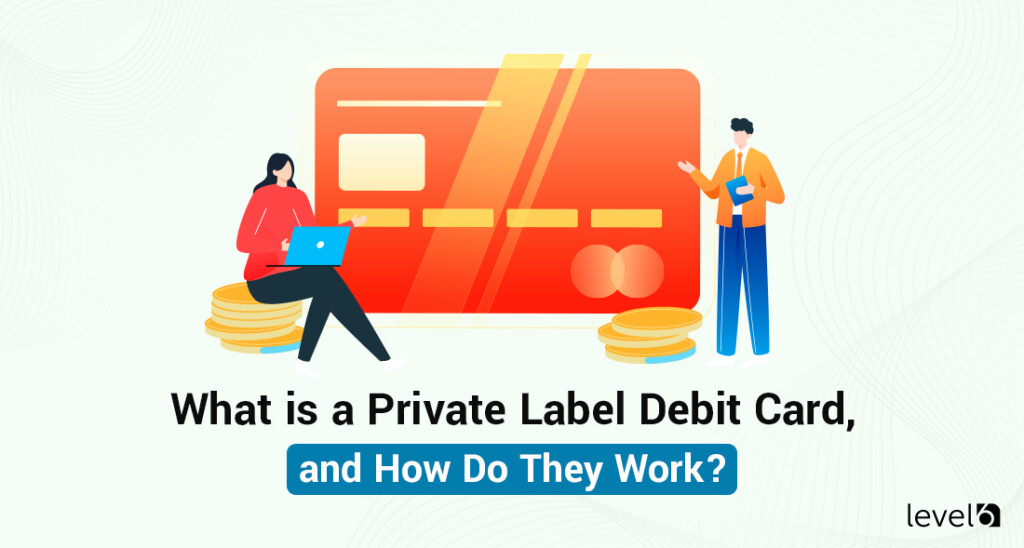Here’s your ultimate guide to employee wellness programs, an important part of a boss’s health strategy. It’s not just about helping one employee feel better. Nope, we’re talking about a wide-reaching effect that spreads across your whole company.
Want to take a moment to consider this seriously? When did you last see a healthy, engaged employee who wasn’t hitting their targets? It doesn’t happen often, right?
Wellness programs don’t just keep your staff in great shape–they touch every part of your business. We’re talking about areas you wouldn’t even think of, like sales, hiring, and even legal matters. And, believe me, that’s just the start.
Consider your sales team for a moment: they’re fired up not just by your awesome product or service but also by the smooth-running system supporting every step they take. It’s like having an army at its best, ready for success. With a wellness program in place, every part works at its best. Sales rise, goals are hit, and then some.
Have you ever thought about how a job-seeker views a company with a wellness program? It’s quite a plus, isn’t it?
People want to work for a company that cares for its staff. A wellness program is a clear sign of this. So, hiring becomes a piece of cake as more and more skilled people see your company as the place to be.
You might wonder, “how does a successful wellness program relate to the legal side of my business?”
When your employees are feeling good and content, the chances of problems that could end up in court can drop big time. Stress is low, everyone gets along, and the office is a much nicer place to be.
Looking to learn more about an incentive, rebate
or reward program for your business?
Curious about costs?
Try our instant pricing calculator:
The effects of your wellness program help your company succeed in so many areas. Healthy employees, skyrocketing sales, talented people waiting to get in, and solid protection against legal issues—these are some of the ways your business benefits. Let’s dig into it!
Assessing Your Organization’s Wellness Needs
Before you roll out those yoga mats and stock the break room with kale chips, pause for a second. To get wellness right, first, figure out what your team actually needs. Think of it like detective work but without the cool hat.
Your office is likely a mix of ages, backgrounds, and job roles – kind of like a family reunion but with fewer arguments over Monopoly. So why would one-size-fits-all wellness work? Spoiler: It doesn’t. Get to know who works for you by gathering data on age groups, cultural backgrounds, and even job types – trust me, an accountant may not have the same health goals as someone in shipping.
A deep jump into employee demographics lets you tailor programs that resonate better than generic plans suggested by experts. And tailored plans are more likely to stick — think custom suit versus off-the-rack.
If your workplace risks are carpal tunnel or eye strain from screens galore—hey, tech companies—I’m looking at you—it’s important to pinpoint these issues early on. But keep in mind that mental health counts, too. A stress ball isn’t going to cut it if half your staff is burning out faster than candles at a birthday party for triplets.
Surveys can help gauge stress levels, so don’t be shy about asking how people are doing (just maybe not Monday morning pre-coffee).
Last thing: ask what people want before launching headfirst into Zumba classes that no one attends—you might find they’d rather have meditation sessions or financial planning workshops instead. Because nothing says “we care” quite like listening does—and also because unused treadmills make sad coat racks.
Designing a Comprehensive Wellness Program
Imagine crafting a wellness program like you’re throwing the ultimate party. Gather your guests for a fun-filled experience that’ll have them talking about it long after they leave.
First things first: know your crowd. A one-size-fits-all approach? That’s like serving only plain vanilla ice cream at that epic bash—boring and won’t please everyone. So, get into the nitty-gritty of what makes your employees tick by running surveys or organizing focus groups. The goal is to discover their health goals, interests, and what they’d actually enjoy in a wellness program.
If we look at the CDC’s workplace health model, engagement starts with understanding your workforce demographics inside out. It’s not just age or job title—it’s knowing if Jane from accounting prefers yoga over high-intensity training or if Bob in sales wants nutrition advice more than anything else.
Your next step is setting up the venue—that means creating an inclusive space where every employee feels welcome regardless of their fitness level or personal preferences. Think adjustable standing desks for those who can’t sit still all day or meditation sessions for people needing some zen in their lives.
We’re talking scalability, too, because as your company grows, so should your wellness offerings without losing that personalized touch. SHRM shows affordability, suggesting even small budget-friendly changes can make big waves across an organization’s culture.
Last but not least—the main event. Crafting components of this great plan means mixing essential elements (like biometric screenings) with crowd-pleasers (think team-based challenges). Maybe introduce healthy cooking classes led by local chefs—or go wild with wearable tech rewards for hitting certain milestones.
You’ll need structure but also flexibility; after all, isn’t there any memorable party that is both planned out and spontaneous? Keep these tips handy—you’ll be designing an employee wellness program that has people lining up around the block before you know it.
Elements and Strategies for Effective Implementation
Rolling out a new wellness program has many uses beyond tossing fruit bowls in the break room and calling it a day. It’s about creating an environment where employees flourish, not just survive.
Sure, you could send another snooze-worthy email that gets buried faster than treasure on a beach, or you could spice things up. Try launching your program with an event that’s more buzzing than bees near a soda can—think of health fairs or fitness challenges to get blood pumping and people talking.
A study found that when companies actively promote their programs, participation skyrockets. That means getting creative with how you spread the word—use eye-catching posters, internal social media platforms, or even enlist team leaders who are as enthusiastic about wellness as kids in a candy store.
You’ve got this amazing program; now let’s talk turkey—or tofu if we’re keeping it healthy. Establish clear communication channels so everyone knows what’s on offer, like they know their coffee order: quick and easy. Create straightforward guides or FAQs that answer questions before they’re asked because no one likes playing detective with their health benefits.
We’re talking resources here—not just throwing money at problems hoping they’ll do aerobics away. Make sure each dollar works out as hard as your employees during spin class by targeting funds toward proven strategies like biometric screenings, which have been shown by entities such as CDC Workplace Health Research Center Briefs, to boost engagement and preventive care use.
Monitoring and Evaluating Program Success
To really nail a wellness program, you’ve got to keep an eye on the prize—and that means tracking its success like a hawk. It’s not just about starting the program; it requires close observation to ensure its growth, adaptation, and prosperity.
Gathering data is step one in this game of workplace wellness. Think of it as setting up a trail camera in the wild—you’re capturing what happens when no one’s looking. By tracking participation rates, health outcomes, and even employee feedback through surveys or focus groups, you get real-time intel on your program’s impact.
This has many uses beyond busywork. With solid numbers at hand—like decreased sick days or improved morale—you can wave those stats like success flags (or use them to steer your ship back on course if things are going sideways).
Now comes the treasure hunt—sifting through data for golden nuggets of insight. You’ll need some savvy tools for this dig—a good analytics platform can help you spot trends over time or identify which parts of your program employees love most.
Research shows us that well-analyzed data leads to smarter decisions down the road. So whether you’re tweaking existing initiatives or dreaming up new ones, let those insights guide your way.
The best programs evolve—that’s their secret sauce. Based on what your analysis tells you, don’t be shy about making changes. Maybe Monday meditation sessions are drawing crickets, although Wellness Wednesdays could rival Broadway shows in popularity—it’s all valuable info.
Pivot with purpose but also with grace; sudden shifts might rattle people more than inspire them. Ease transitions by keeping communication clear and open so everyone knows why changes are happening—they’ll likely jump on board quicker that way.
Legal Considerations and Compliance
Navigating the legal maze of employee wellness programs is like playing a game where the rules constantly evolve. Don’t fret; we’ll guide you through the labyrinth of legalities. Let’s get down to brass tacks with laws such as ADA, GINA, and HIPAA that could trip you up if you’re not careful.
First off, ADA compliance wellness has many uses beyond nice to have; it’s a must-have for workplace wellness programs. This law insists on equal opportunity in employment—including health program participation—regardless of disability status. So, when designing your program, make sure everyone can take part or offer alternatives that are equally awesome.
Understand this: asking employees about their health conditions is like walking into a minefield blindfolded unless you do it right. The ADA allows inquiries and medical exams only if they’re voluntary and part of an employee wellness program.
Moving onto GINA —this one says “keep out” to using genetic info in making employment decisions or for any wicked witchcraft within wellness programs, too. That means no incentives tied to providing genetic information or requiring DNA tests—that’s definitely crossing the line.
Last but certainly not least is HIPAA —it’s all about privacy. You’ve got to keep personal health details under lock and key because leaking them out is as popular as a screen door on a submarine. Incentives? Sure thing, but cap them at reasonable levels so nobody feels coerced into spilling their life story just for some extra cash.
Best Practices in Wellness Programs
Personalization is key. Think about it like this: Just as a tailor measures for the perfect fit, your wellness program should be cut to suit your team’s needs. Use surveys and health risk assessments to stitch together a plan that fits just right.
Data has many uses beyond numbers; it’s an insight into what makes your employees tick. So, let data drive your strategy, but keep in mind that nobody likes feeling like a lab rat. Keep things human by giving real feedback and creating space for real conversations around wellness goals.
Ensure those fitness trackers and health apps don’t go to waste – if they’re not being utilized, what’s the purpose? Make sure privacy isn’t an afterthought—secure those personal details tighter than Fort Knox because trust builds engagement faster than any flashy new app could ever hope to.
You wouldn’t give everyone at work the same pair of shoes, so why would one-size-fits-all apply to their well-being? Start with assessing individual needs, then lace up programs tailored specifically for them—from meditation sessions for stress relief to financial planning workshops for economic well-being.
A personalized touch not only shows care but also fosters participation since each employee feels seen and heard on their path toward better health. It’s about building an environment where choosing healthy doesn’t feel like homework—it feels natural.
Gathering data is one thing; turning it into actionable steps is another beast altogether. Analyze patterns from regular check-ins or anonymous surveys. Are many employees skipping breakfast? Consider introducing nutritional morning snacks at work.
Beyond identifying trends, use metrics from program participation rates or biometric screenings (blood pressure checks aren’t exactly cocktail party talk) as benchmarks—not endpoints—to shape more effective future initiatives without losing sight of confidentiality agreements bound tighter than mummy wraps during Halloween season.
We live in an age where sharing everything online has become second nature—but when it comes down to our health information? That’s no open-book affair. To keep things tight-knit yet transparent within wellness programs requires robust privacy policies that are clearer than grandma’s crystal glassware collection—and twice as cherished by employees who value discretion above all else when participating in workplace wellness endeavors.
Corporations with Effective Wellness Programs
When you peek behind the curtain of top-performing companies, you often find a robust employee wellness program pulling the strings. Take Google, for example; they’ve mastered the art of mixing work and well-being by offering on-site fitness centers and classes that let employees stretch their legs as much as their thinking caps.
No one-size-fits-all here. Successful corporations know that Jill from accounting might love kickboxing, although Jack in Sales prefers to meditate his stress away. Companies like SAS have tapped into this truth by providing a range of options that cater to varied preferences, making sure everyone’s version of wellness is within reach.
Savvy businesses keep an ear to the ground through regular surveys—because when it comes to health, feedback is just as important as food back at your desk.
Sure, showing up is half the battle—but what about sticking around? Adobe gets it right by turning participation into a game where points can lead to rewards more exciting than free pens (think travel opportunities or gym memberships). By creating an ecosystem where engagement breeds excitement rather than yawns, they’ve set themselves apart.
A lesson learned? Make it fun. If chuckles are heard near your office treadmill or if Monday morning yoga becomes “the new coffee,” congratulations—you’re probably doing something right.
You can’t manage what you don’t measure—that’s why firms like Johnson & Johnson use data not just for setting budgets but also for shaping bodies. Through meticulous tracking and analysis offered by partners such as Level 6 Incentives, these enterprises tweak their programs in real time based on actual results—not just gut feelings masquerading as managerial insights.
This number-crunching may sound nerdy—and maybe it is—but hey if it leads to healthier employees who look forward to Mondays (well – almost), we’ll take those nerd glasses any day.
Other Programs That Improve Employee Wellness
Wellness programs sure are a big help in keeping your team’s health and happiness in check. But let’s get real; they’re not the only tool you can use. Have you ever thought about the huge effect of rewards on your team’s mood and work? That’s just what we focus on here at Level 6 Incentives!
Our system is awesome because it’s tailored just for you and includes things like company-branded debit cards and fancy rewards – yes, I’m talking about travel and vacation packages for your team. Just picture this: How cool would it be to earn a trip to your dream spot or extra cash to spend – all because you’re doing your job well?
With us, you can set clear goals (like sales or revenue targets), and if your team hits or goes beyond them, that results in fantastic prizes for your top players. But hold on a second; how does this help your company as a whole?
The answer is pretty straightforward and deep. When the rest of the team sees their coworkers getting rewarded, they push harder and set bigger goals. They get pumped up by seeing the benefits of hard work. Plus, the lucky employees come back from their fun trips or shopping binges ready to give their best at work all over again.
And picture the domino effect this can have throughout your company. An efficient workforce that’s excited and hungry to reach their targets – now that sounds like a win-win, right?
You want your team to work harder, feel refreshed, and do better after seeing the real rewards they can get, don’t you? Of course you do!
At Level 6 Incentives, our proof is in our results. We’re ready to hang out and show you a free demo of our tested strategies. These can seriously boost your team’s enthusiasm and help your sales soar, hitting highs you didn’t think you could reach. Isn’t it about time you saw this for yourself?

Claudine is the Chief Relationship Officer at Level 6. She holds a master’s degree in industrial/organizational psychology. Her experience includes working as a certified conflict mediator for the United States Postal Service, a human performance analyst for Accenture, an Academic Dean, and a College Director. She is currently an adjunct Professor of Psychology at Southern New Hampshire University. With over 20 years of experience, she joined Level 6 to guide clients seeking effective ways to change behavior and, ultimately, their bottom line.
 Demo
Demo









